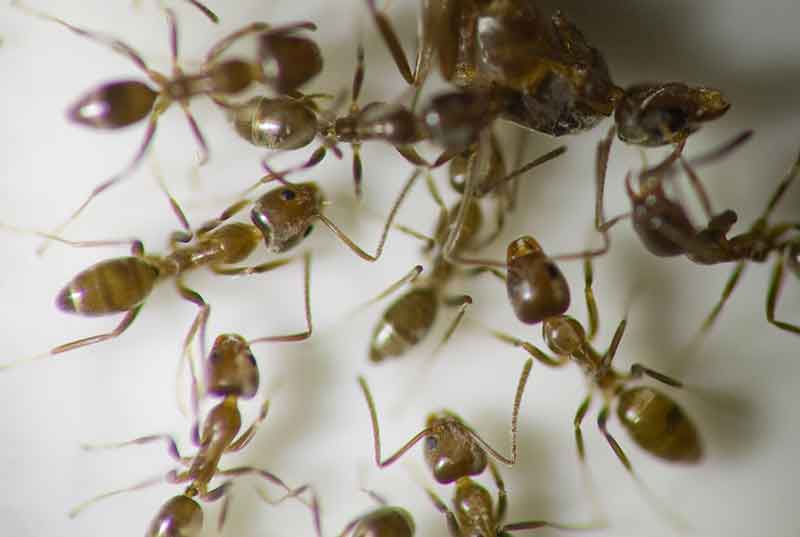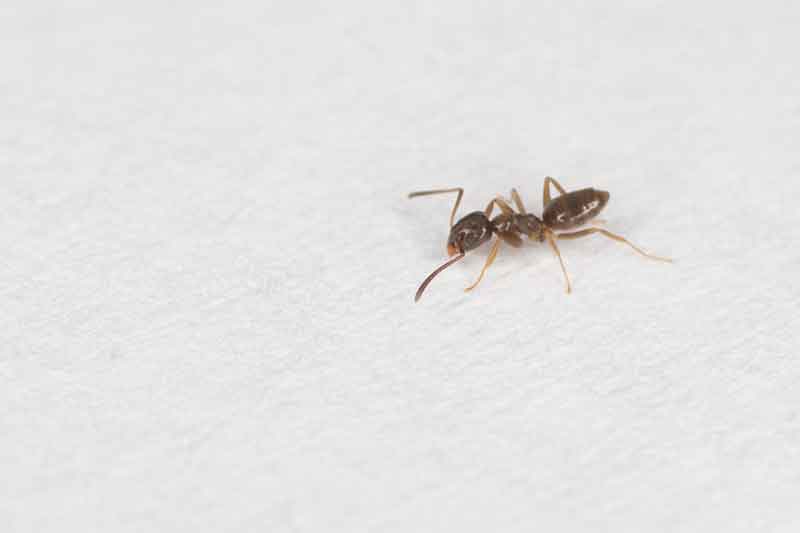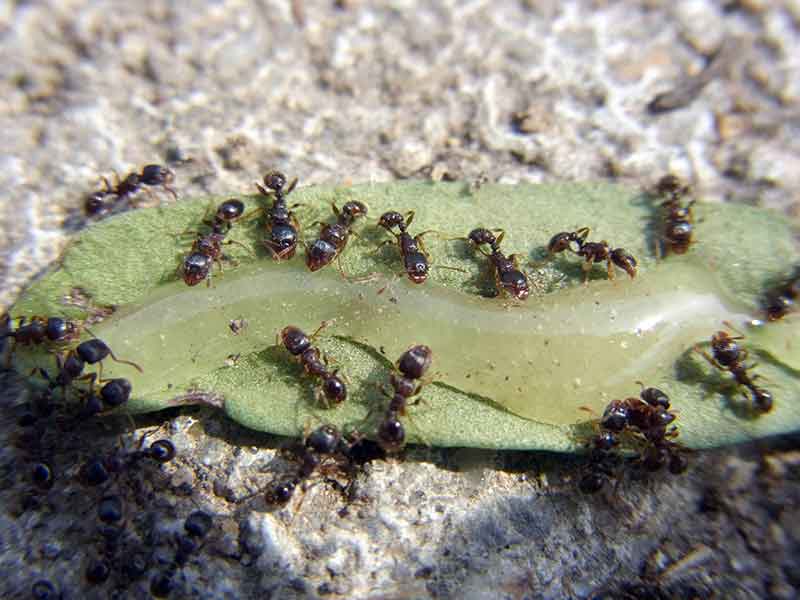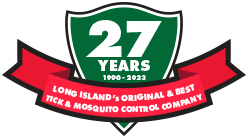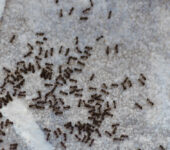
Posted On:
Category: Category:
How to Kill and Prevent Common Ants from taking Over your Yard and your House
Ants often go unnoticed outdoors until their nests and numbers start to swell. When weather extremes or a lack of food or moisture send them foraging, some ants move inside and wreak havoc in your home. The good news is you can stop these frequent, persistent pests in their tracks — before they make their way indoors. Effective, proactive treatment can protect your home and its perimeter from ant invasions.
Understanding Problem Ants
Having some ants in your home landscape is often beneficial. But when populations get out of hand, ants become more than nuisances; they may contaminate food and spread disease.1 Common ants, such as Argentine ants, odorous house ants and pavement ants, are especially troublesome at times. Usually 1/10 to 1/8 inch long, in colors from light brown to brown-black, they generally live in outdoor colonies. However, they may forage — and potentially nest — indoors.1,2 Though hard to tell apart, even for pest professionals, these common ants have distinct nesting habits and preferences.
Argentine Ants
Introduced to the United States from South America in the 1800s,1 Argentine ants adapted well and settled in to plague homeowners indoors and out. These ants eat foods varying from plants to meats; if it’s on your table, they’ll probably eat it. Leaving a chemical trail for fellow ants to follow, they spread out indoors looking for more food. Outside, they relish honeydew, a sweet substance excreted by plant pests such as aphids and other insects.1
Photo credit: Matthew Townsend
Unlike ants with large, visible nests, Argentine ant colonies contain numerous small nests. Hidden under organic mulch, boards, wood or leaf debris, these small, trail-connected nests combine into huge colonies with hundreds of reproductive queens and scores of thousands of workers. They aggressively drive out all other ant species, including native ants and even fire ants.1 Cold weather, drought or heavy rain sends Argentine ants from your home’s perimeter to warm, moist spots inside.
Odorous House Ants
Versatile and adaptable, odorous house ants are North American natives. Crush them and you’ll experience the unpleasant smell that inspired their name. Odorous house ants eat everything from pet food to human cereals and meat, but they favor sweets – from what’s inside your sugar and fruit bowls to the honeydew on foundation plantings. 1,2
Odorous house ants stay on the move, complicating control. Highly mobile, they relocate their small nests regularly, especially when disturbed. You’ll typically find these pests under logs, stones, plant debris or loose objects atop soil. Colonies have several reproductive queens tended by thousands of worker ants.1 Odorous house ants may set up indoor colonies in addition to their outdoor nests. Then they go back and forth, leaving chemical signposts for other ants to follow.1
Pavement Ants
Small mounds of dirt in driveways or sidewalk cracks and crevices signal pavement ants at work. These European natives came with colonists in the 1700s,3 and eat everything from sweets to meats – outdoors and inside. Greasy, high-protein snacks are favorites, but sugary sweets also rank high.
Outdoor nests of pavement ants are often difficult to locate and hard to reach once found. They usually nest underneath concrete, asphalt or stone or in small cracks in home foundations. Their large colonies have multiple queens and several thousand workers. Cold or drought sends them foraging indoors and nesting near warm, moist areas with a good food source, such as kitchens.3
Preventing Ongoing Invasions
Once ants establish outdoor colonies and indoor foraging routes, constant invasions can result. Indoor ant problems start and end outdoors. These products will kills ants and more than 100 other insect pests in your target areas by contact, and then keeps on protecting for up to three months.




